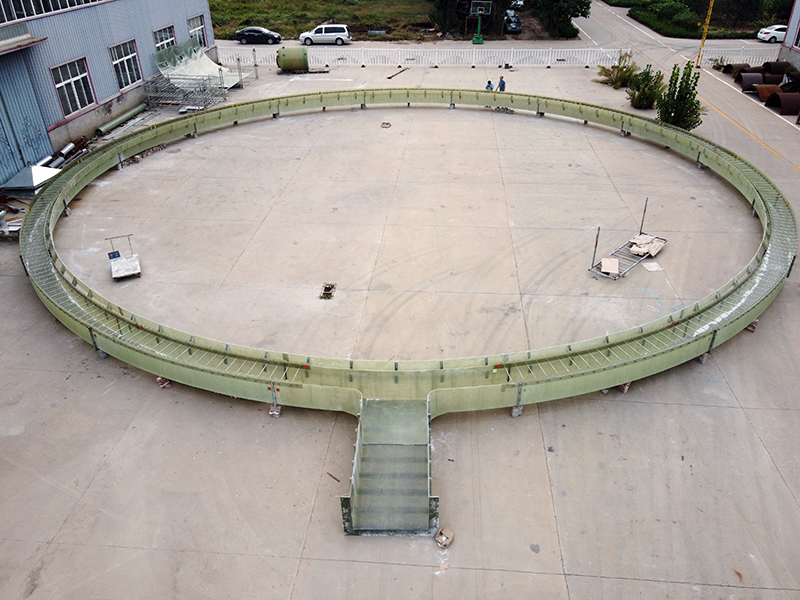
-
 Afrikaans
Afrikaans -
 Albanian
Albanian -
 Amharic
Amharic -
 Arabic
Arabic -
 Armenian
Armenian -
 Azerbaijani
Azerbaijani -
 Basque
Basque -
 Belarusian
Belarusian -
 Bengali
Bengali -
 Bosnian
Bosnian -
 Bulgarian
Bulgarian -
 Catalan
Catalan -
 Cebuano
Cebuano -
 China
China -
 China (Taiwan)
China (Taiwan) -
 Corsican
Corsican -
 Croatian
Croatian -
 Czech
Czech -
 Danish
Danish -
 Dutch
Dutch -
 English
English -
 Esperanto
Esperanto -
 Estonian
Estonian -
 Finnish
Finnish -
 French
French -
 Frisian
Frisian -
 Galician
Galician -
 Georgian
Georgian -
 German
German -
 Greek
Greek -
 Gujarati
Gujarati -
 Haitian Creole
Haitian Creole -
 hausa
hausa -
 hawaiian
hawaiian -
 Hebrew
Hebrew -
 Hindi
Hindi -
 Miao
Miao -
 Hungarian
Hungarian -
 Icelandic
Icelandic -
 igbo
igbo -
 Indonesian
Indonesian -
 irish
irish -
 Italian
Italian -
 Japanese
Japanese -
 Javanese
Javanese -
 Kannada
Kannada -
 kazakh
kazakh -
 Khmer
Khmer -
 Rwandese
Rwandese -
 Korean
Korean -
 Kurdish
Kurdish -
 Kyrgyz
Kyrgyz -
 Lao
Lao -
 Latin
Latin -
 Latvian
Latvian -
 Lithuanian
Lithuanian -
 Luxembourgish
Luxembourgish -
 Macedonian
Macedonian -
 Malgashi
Malgashi -
 Malay
Malay -
 Malayalam
Malayalam -
 Maltese
Maltese -
 Maori
Maori -
 Marathi
Marathi -
 Mongolian
Mongolian -
 Myanmar
Myanmar -
 Nepali
Nepali -
 Norwegian
Norwegian -
 Norwegian
Norwegian -
 Occitan
Occitan -
 Pashto
Pashto -
 Persian
Persian -
 Polish
Polish -
 Portuguese
Portuguese -
 Punjabi
Punjabi -
 Romanian
Romanian -
 Russian
Russian -
 Samoan
Samoan -
 Scottish Gaelic
Scottish Gaelic -
 Serbian
Serbian -
 Sesotho
Sesotho -
 Shona
Shona -
 Sindhi
Sindhi -
 Sinhala
Sinhala -
 Slovak
Slovak -
 Slovenian
Slovenian -
 Somali
Somali -
 Spanish
Spanish -
 Sundanese
Sundanese -
 Swahili
Swahili -
 Swedish
Swedish -
 Tagalog
Tagalog -
 Tajik
Tajik -
 Tamil
Tamil -
 Tatar
Tatar -
 Telugu
Telugu -
 Thai
Thai -
 Turkish
Turkish -
 Turkmen
Turkmen -
 Ukrainian
Ukrainian -
 Urdu
Urdu -
 Uighur
Uighur -
 Uzbek
Uzbek -
 Vietnamese
Vietnamese -
 Welsh
Welsh -
 Bantu
Bantu -
 Yiddish
Yiddish -
 Yoruba
Yoruba -
 Zulu
Zulu
Exploring the Benefits and Applications of FRP Hoods in Various Industries
Understanding FRP Hoods An Overview
Fiber Reinforced Polymer (FRP) hoods are increasingly gaining popularity in various industries, particularly in automotive, aerospace, and construction sectors. These components are designed to enhance performance while offering several advantages over traditional materials like metal and plastic. In this article, we will explore what FRP hoods are, their benefits, applications, and why they are becoming an essential choice for manufacturers and engineers alike.
What are FRP Hoods?
FRP hoods are components made from a composite material consisting of a polymer matrix reinforced with fibers, typically glass or carbon fibers. This unique combination provides a lightweight alternative to conventional materials, significantly enhancing strength and durability. The manufacturing process often involves molding techniques such as hand layup, spray-up, or resin transfer molding, allowing for customization in design and aesthetics.
Advantages of FRP Hoods
1. Lightweight One of the most significant benefits of FRP hoods is their lightweight nature. Reducing weight in vehicles and aircraft can lead to improved fuel efficiency, better speed, and enhanced performance. For instance, many car manufacturers are seeking to reduce the overall weight of their vehicles to meet stringent fuel economy standards.
2. Corrosion Resistance Unlike metal components that may corrode over time due to environmental exposure, FRP hoods demonstrate excellent resistance to chemicals, moisture, and UV radiation. This characteristic makes them particularly suitable for marine applications, where exposure to saltwater can cause considerable damage to traditional materials.
3. Design Flexibility FRP can be molded into complex shapes more easily than metals, which can reduce the need for additional parts and assembly. This design flexibility allows manufacturers to create more aerodynamic and visually appealing hoods, contributing to a vehicle's overall aesthetics and performance.
4. Thermal Insulation FRP materials offer good thermal insulation properties, which help in maintaining optimal engine temperatures and protecting sensitive components from heat damage. This feature is particularly crucial in high-performance vehicles where maintaining a stable temperature can significantly affect performance and longevity.
frp hood

5. Cost-Effective in the Long Run Although the initial manufacturing cost of FRP hoods may be higher than that of traditional materials, the long-term benefits, such as reduced maintenance costs and increased lifespan, can lead to significant savings over time. The durability and longevity of FRP components often justify their upfront investment.
Applications of FRP Hoods
FRP hoods are versatile and can be utilized in various applications
- Automotive Industry With the demand for lightweight and fuel-efficient vehicles on the rise, major automobile manufacturers are exploring FRP hoods to enhance their vehicles' performance. Sports cars, electric vehicles, and even commercial trucks benefit from the lightweight and high-performance characteristics of FRP.
- Aerospace Sector In aerospace applications, reducing weight is paramount. FRP hoods are being used in aircraft to improve fuel economy and flight performance. The aerospace industry's constant pursuit of efficiency makes FRP a valuable material choice.
- Construction FRP hoods serve as covers for ventilation systems, machinery, and even electrical components, providing protection against environmental elements without adding significant weight. Their corrosion resistance also makes them ideal for use in harsh environments.
Conclusion
As industries continue to evolve, the demand for innovative materials like Fiber Reinforced Polymer is on the rise. FRP hoods present a compelling combination of benefits, making them an attractive option for manufacturers. With their lightweight, durable, and versatile nature, FRP hoods are not just a passing trend in material science; they represent a significant shift towards more efficient and sustainable solutions in engineering and design. As we move towards a future that prioritizes performance and eco-friendliness, the adoption of FRP in various applications is likely to increase, shaping the landscape of manufacturing and engineering for years to come.









